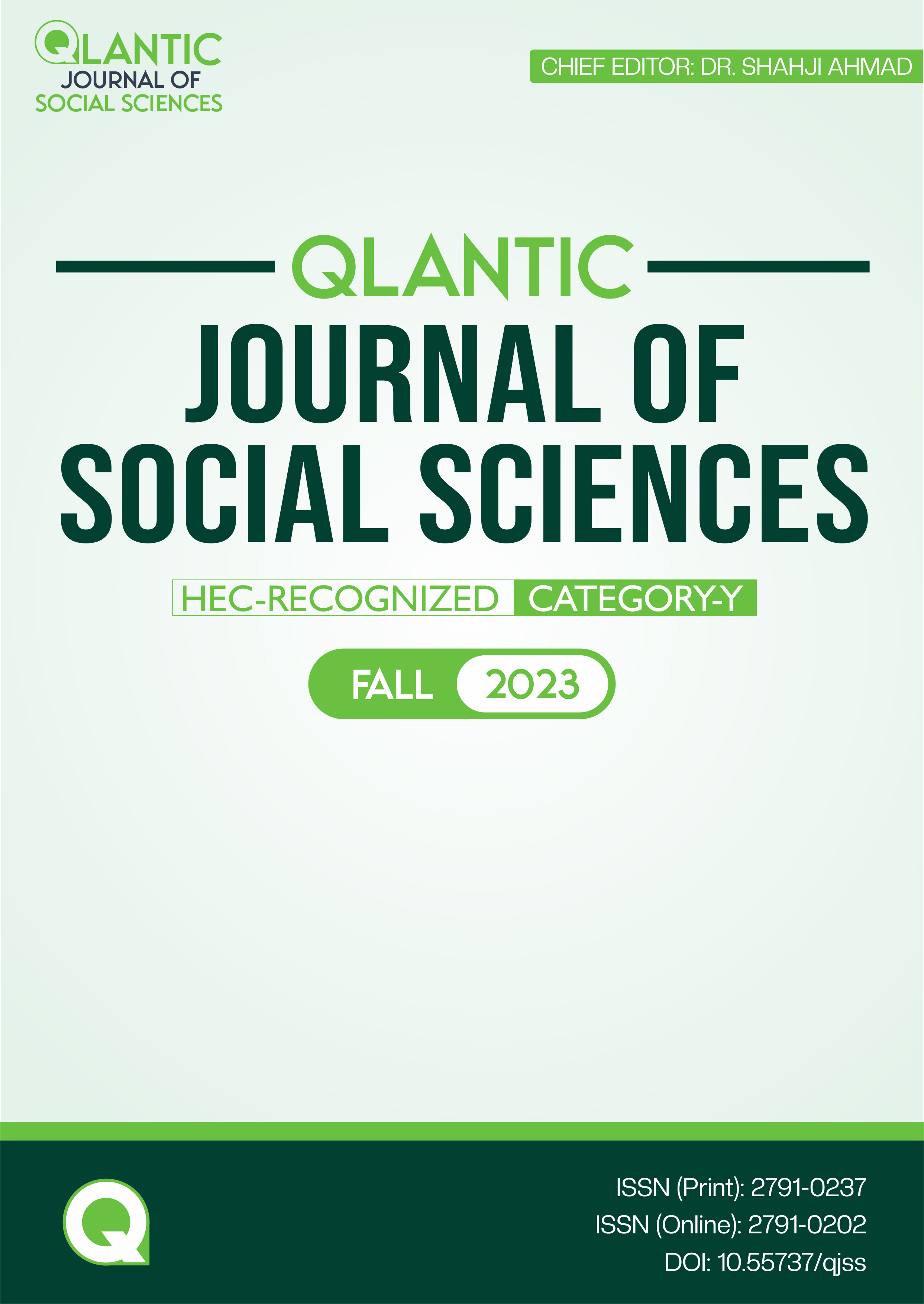Limitation and the Extent of a Partner’s Authority and Liabilities in Relation to Third-party and its Legal Implications on a Firm
DOI:
https://doi.org/10.55737/qjss.972961898Keywords:
Partnership, Partner’s Liability, Implied AuthorityAbstract
Sharing of liabilities amongst partners is one of the reasons for the formation of a partnership firm, meaning, thereby, the sole proprietorship distinguishes from the partnership in various aspects, including sharing of liability. On the occasion of insolvency, the sole proprietor risks all his assets, savings, and investments towards the satisfaction of liabilities and incumbrances of his particular line of business. However, in contrast, the partners share not only the profits but also the risks on the occasion of insolvency at the ratio predetermined in their partnership agreement. However, there are extents and limitations as to the authority and liabilities, which may be drawn either by the partners themselves or under the Partnership Act 1932. This article will address the legal implications of the authority and liabilities of partners while dealing with a third party. Further, it would identify the legal impact of a specific act of a partner towards his firm.
References
Bayern, S. J. (2016). Three Problems (and Two Solutions) in the Law of Partnership Formation. University of Michigan Journal of Law Reform. 49(3), 605. https://ir.law.fsu.edu/cgi/viewcontent.cgi?article=1212&context=articles
Barron, M, L., & Fletcher, R. J. A. (2003). Fundamentals of Business Law. McGraw-Hill Australia. 4th Ed. (Australia).
Clarke, A. (1996). Business Entities: A Practical Guide. Sweet & Maxwell. (London). ISBN: 0 421 50490 0
Garner, B, A. et al. (2009). Black’s Law Dictionary. 9th Edition. https://www.amazon.com/Blacks-Law-Dictionary-Standard-Ninth/dp/0314199497
H. R. C. (1912). Right of One Partner to Sue His Co-Partner in Conversion. Michigan Law Review. 10(8), 632-634. https://doi.org/10.2307/1274618
Muhammad Ahmed Khan V The Bank of Punjab and others, 2015). 2015 SCMR 126.
National Bank of Pakistan V Umer & Brothers and 3 others, 1987). 1987 MLD 594 (Karachi).
Ribstein, L. E. (2000). Law Partner Expulsion. The Business Lawyer. 55(2), 845-881. https://www.jstor.org/stable/40687944
Saudi Pak Commercial Bank Ltd V Messrs Shaikh Agro Industries, 2016) 2016 CLD 521 (Lahore)
The Contract Act, (1872).
The Partnership Act, (1932).
Virginia Law Register, (1927). Effect of Discharge of Partner or Partnership in Bankruptcy. Virginia Law Review. 13(8), 449-455. https://www.jstor.org/stable/1107921
Zeeshan Bhatti V Maqbool Bhatti and another, 2001). PLD 2001 Supreme Court, 79.




